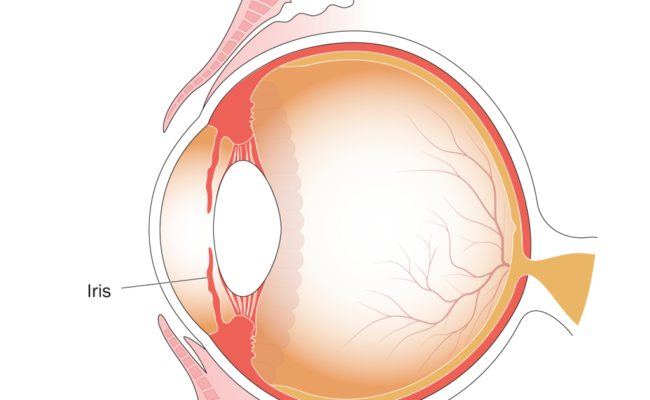Corneal diseases account for 11% of blindness — Study
- Posted on
- Comment

Corneal blindness significantly impacts people’s quality of life, especially their ability to see, work, study and contribute fully to society.
A 2015 study by the Ghana Blindness Survey revealed that corneal diseases accounted for 11 per cent of blindness in the country, meaning, one out of 10 people were blind due to corneal disease.
The cornea is the transparent part of the eye that covers the iris and pupil and allows light to enter into the eye.
The Volta Regional Minister, Dr Archibald Yao Letsa, who was addressing the 33rd Annual General and Scientific Meeting of the Ophthalmological Society of Ghana (OSP), in Ho, in the Volta Region, said tackling it required concerted action from all stakeholders.
He also called for the establishment of eye banks in the country, adding “we also need to focus on encouraging citizens to be open to tissue and organ donation, especially cornea donation after death”.
About 120 ophthalmologists and trainee ophthalmologists participated in the three-day meeting on the theme: “The fight against corneal blindness in Ghana – The journey so far, and the way forward.”
Advocacy
The minister acknowledged society’s strong advocacy for legislation on cornea, organ donation and transplantation in the country, describing it as a worthy cause the government was interested in spearheading
Dr Letsa further called for more education on corneal blindness and the need to maintain good eye health, adding that although the country had successfully eliminated preventable diseases such as trachoma, which often led to corneal scarring, education must continue through targeted health interventions, especially in rural communities where the conditions were once prevalent.
He bemoaned the shortage of corneal specialists in the country and commended the OSG for the ongoing efforts to increase the number.
Statistics
The Chief Examiner of the Faculty of Ophthalmology at GCPS, Professor Seth Lartey, also revealed that about 0.74 per cent of citizens in the country were blind, while an additional 1.07 per cent suffered visual impairment.
He said corneal opacities also contributed to 11.2 per cent of all blindness, and 2.5 per cent of all severe visual impairment in the country.
Prof. Lartey, therefore, said there was the need to train more surgeons in corneal transplantation and research on corneal diseases, including the integration, involvement and training of all categories of eye health workers in the diagnosis of the problem, first aid and appropriate referral of the cases.
Policies
The Chief Executive Officer of Ho Teaching Hospital, Dr John Tampuori, called for the establishment of appropriate policies to help in the management of cases of corneal diseases.
That, he said, would facilitate early diagnosis of the problem and make quality eye care more accessible to those who needed it.
The Secretary of OSG, Dr Akwasi Boakye Agyeman Ahmed, said there were currently 25,000 cases of blindness from corneal opacity in the country, especially in rural communities.
Out of the number, he said, 70 per cent would benefit from corneal transplant. The secretary, however, said less than 100 of such surgeries were carried out every year.
-Graphic






 (Selorm) |
(Selorm) |  (Nana Kwesi)
(Nana Kwesi)